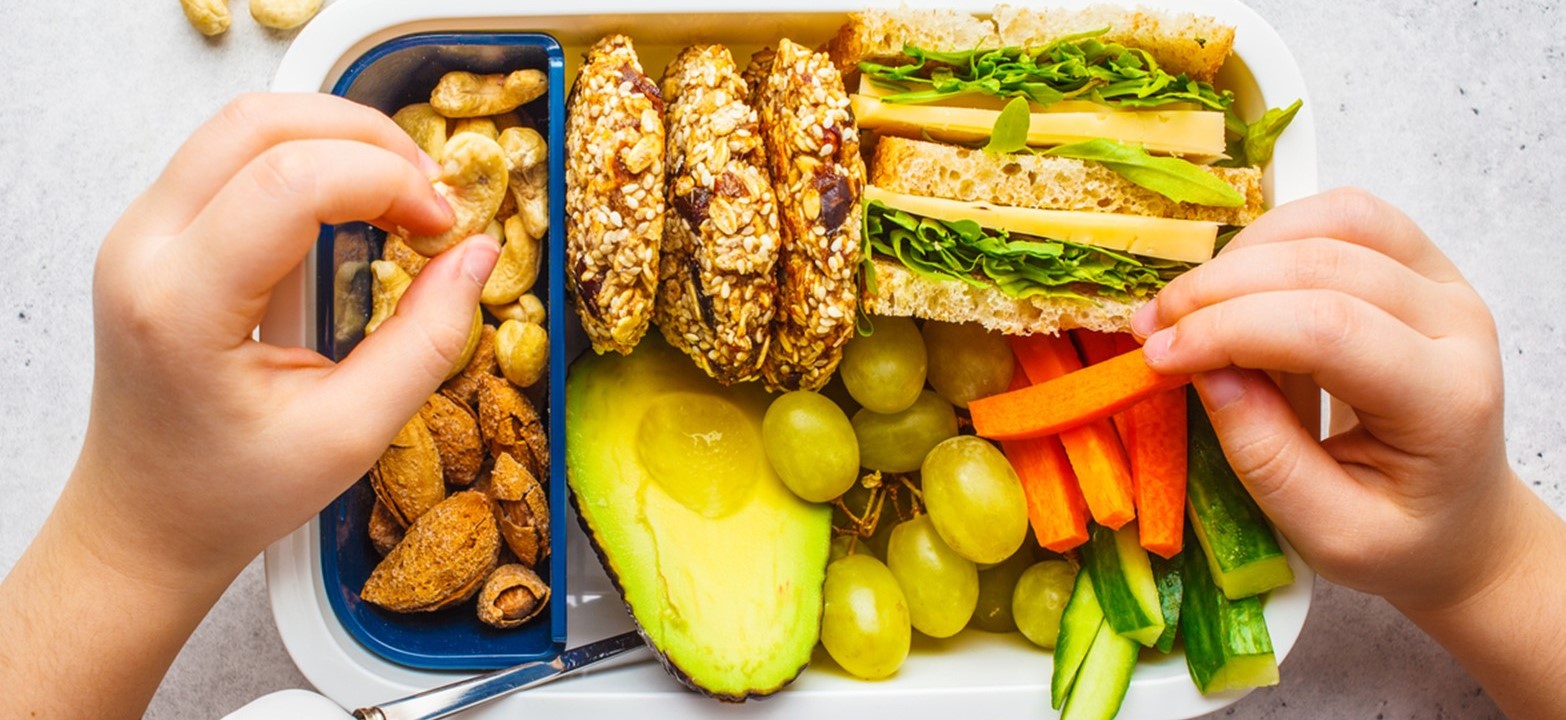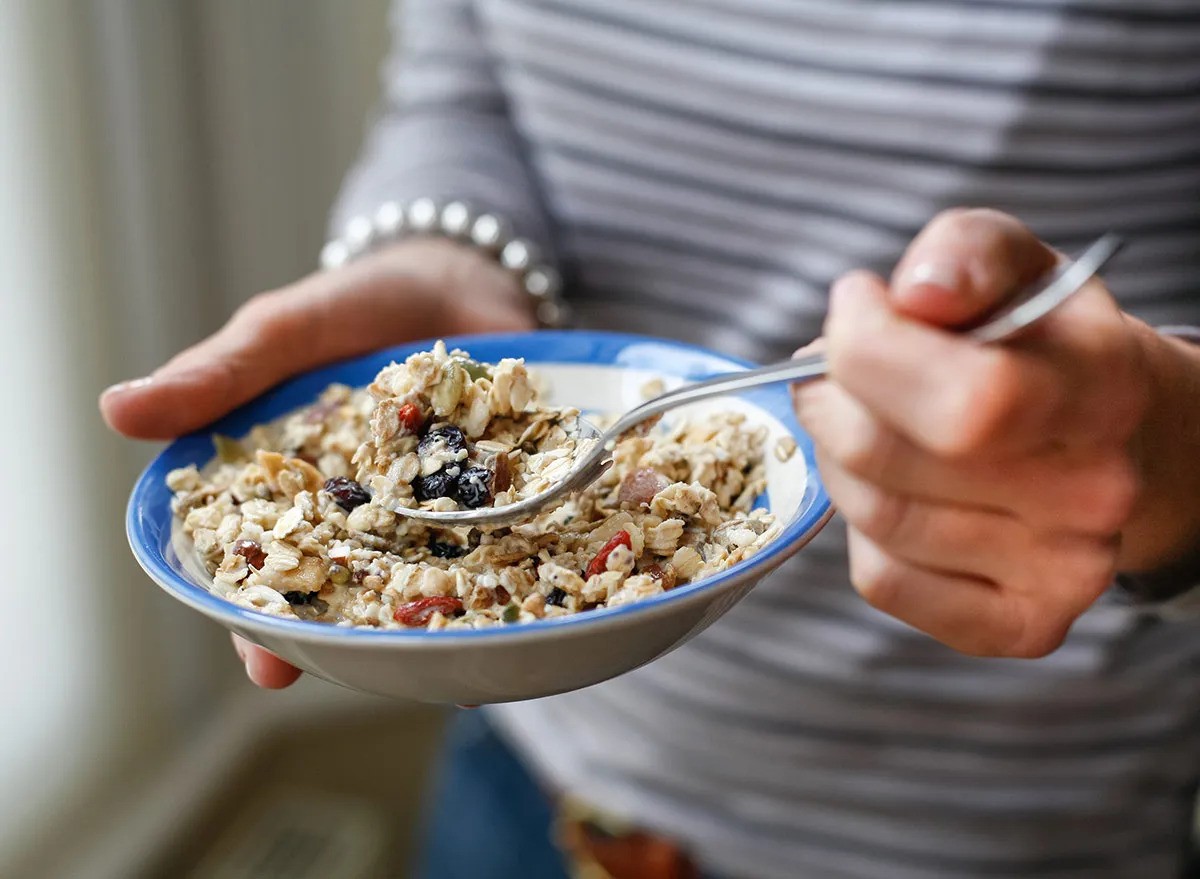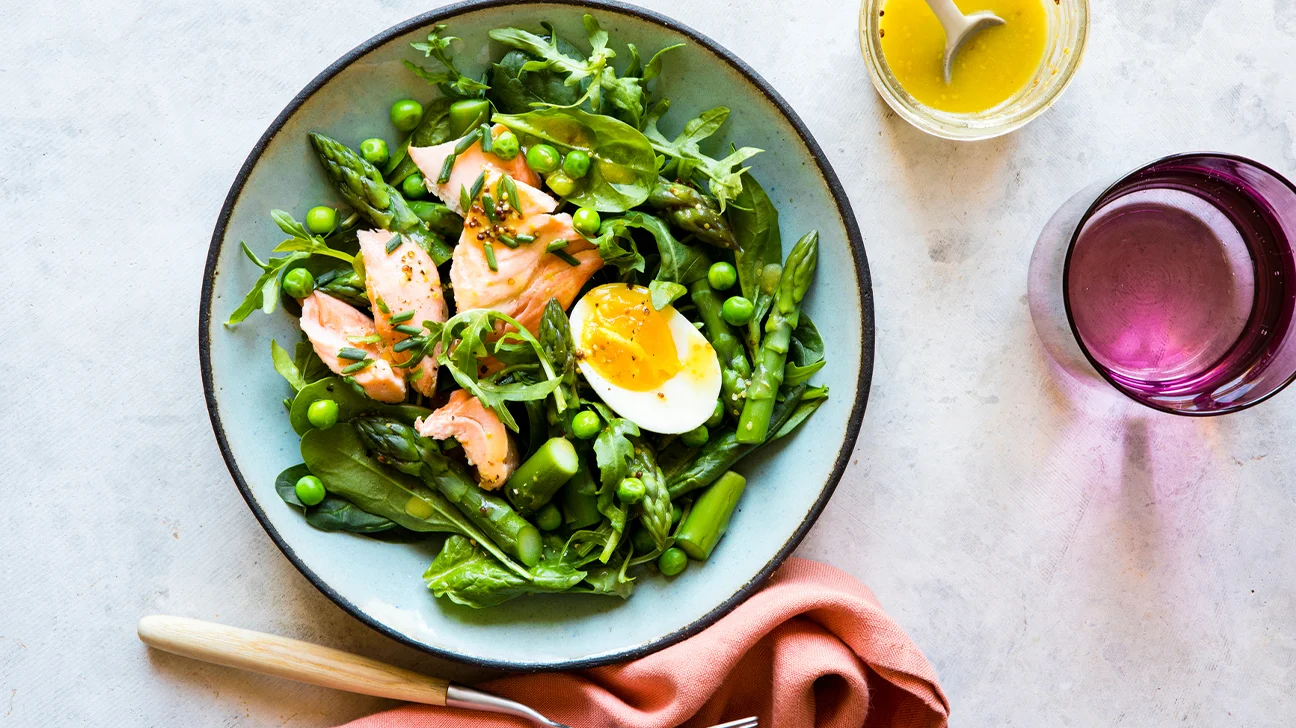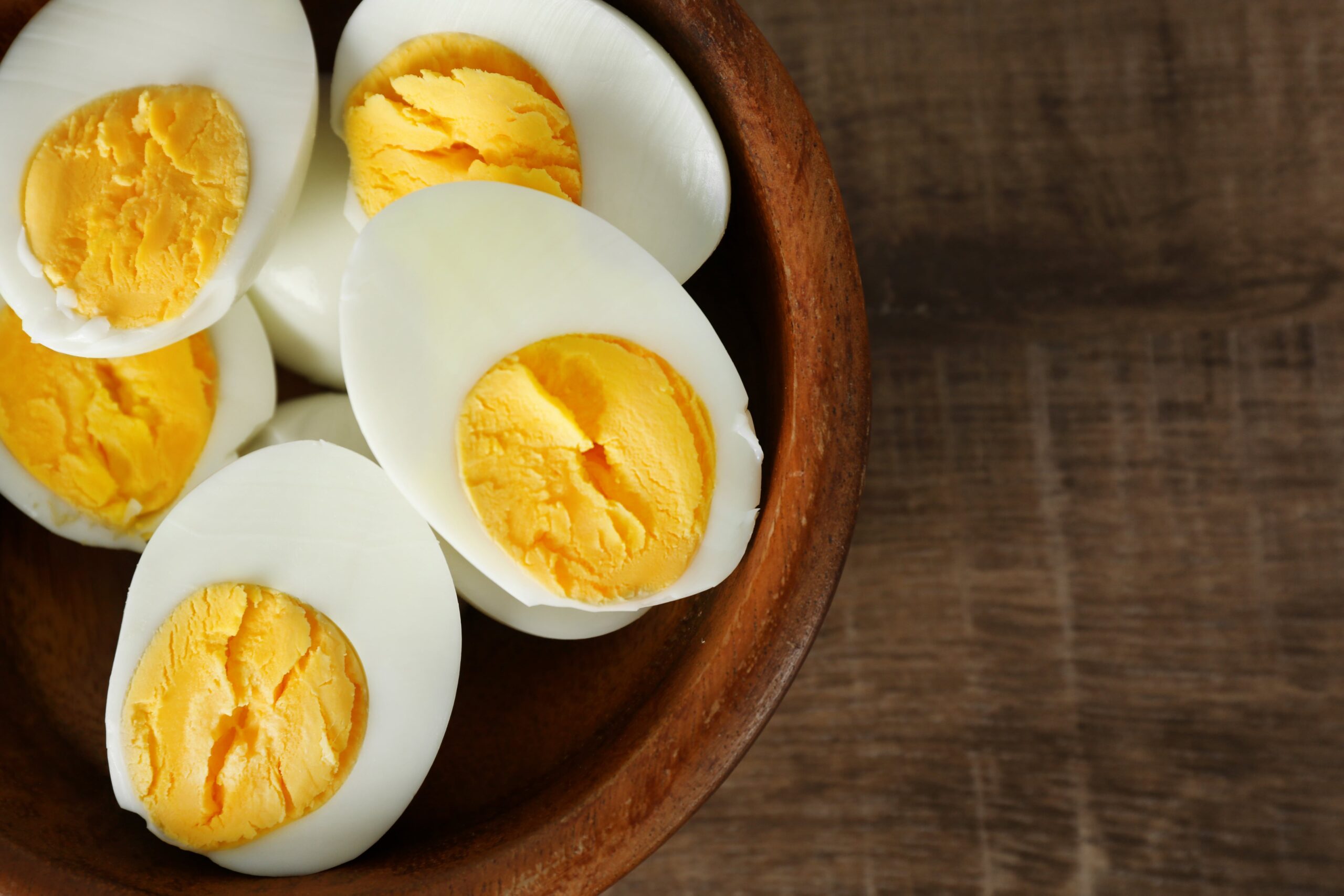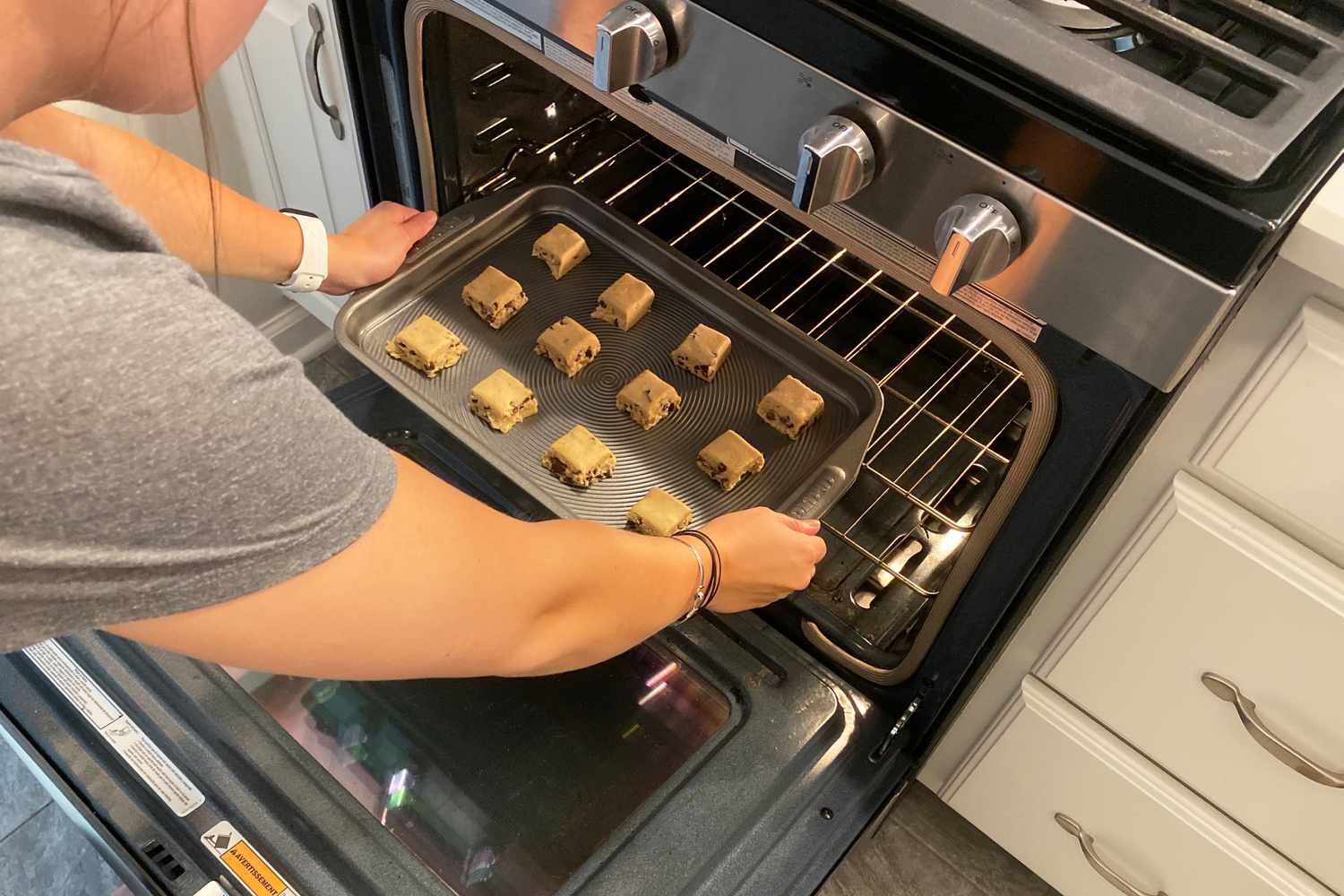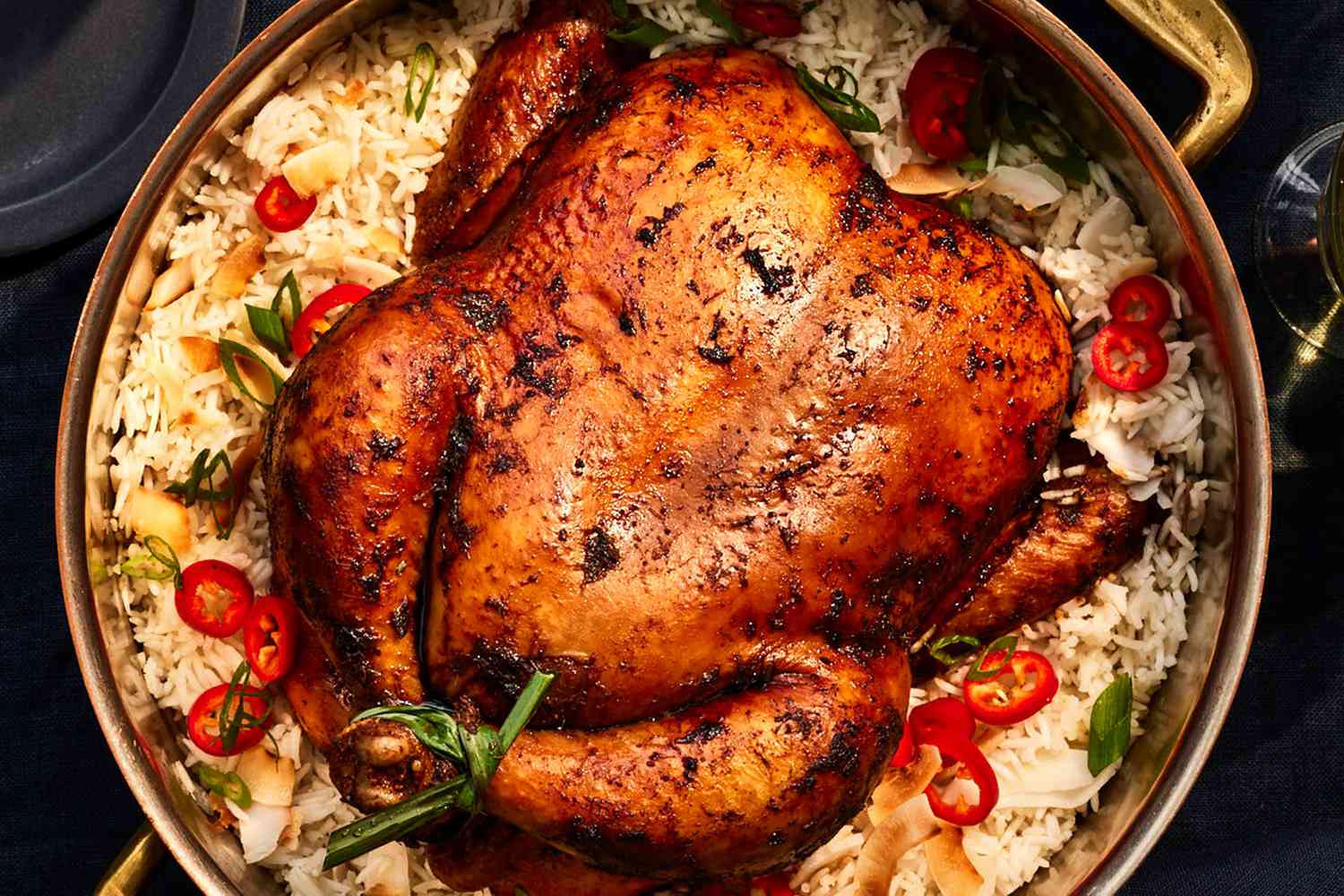How to Enjoy a Low-Carb and Low-Sodium Diet
Following a low-carb and low-sodium diet can be a great way to improve your health and well-being. By reducing your intake of carbohydrates and sodium, you can help manage your weight, lower your blood pressure, and reduce your risk of chronic diseases. Here are some tips to help you enjoy a low-carb and low-sodium diet:
Focus on Whole Foods
When following a low-carb and low-sodium diet, it’s important to focus on consuming whole, unprocessed foods. This includes plenty of fresh fruits and vegetables, lean proteins, and healthy fats. By choosing whole foods, you can naturally reduce your intake of both carbs and sodium while maximizing your nutrient intake.
Choose Low-Carb and Low-Sodium Options
When shopping for groceries, look for low-carb and low-sodium options. This may include items such as:
- Fresh vegetables like spinach, kale, and broccoli
- Lean proteins such as chicken, turkey, and fish
- Healthy fats like avocados, nuts, and olive oil
- Low-sodium condiments and seasonings
- Whole grains and legumes in moderation
Read Labels Carefully
When purchasing packaged foods, be sure to read the labels carefully. Look for products that are low in both carbs and sodium. Pay attention to serving sizes and be mindful of hidden sources of sodium, such as preservatives and flavor enhancers. Opt for products with minimal processing and added ingredients.
Cook at Home
One of the best ways to control your intake of carbs and sodium is to cook at home. When you prepare your own meals, you have full control over the ingredients you use. Experiment with herbs and spices to add flavor to your dishes without relying on salt or high-carb sauces and condiments.
Limit Processed and Packaged Foods
Processed and packaged foods are often high in both carbs and sodium. To reduce your intake of these nutrients, limit your consumption of items such as sugary snacks, processed meats, canned soups, and pre-packaged meals. Instead, opt for whole, fresh foods that are naturally low in carbs and sodium.
Stay Hydrated
Drinking plenty of water is important when following a low-carb and low-sodium diet. Proper hydration can help flush out excess sodium from your body and support overall health. Aim to drink at least 8-10 glasses of water per day, and consider flavoring your water with fresh fruit or herbs for added variety.
Be Mindful of Carb and Sodium Substitutes
While there are many low-carb and low-sodium substitutes available, it’s important to use them mindfully. Some products marketed as low-carb or low-sodium may contain artificial additives or sweeteners that can have negative effects on your health. Always read the labels and choose natural, whole-food alternatives whenever possible.
Seek Professional Guidance
If you have specific health concerns or dietary restrictions, it’s always best to seek guidance from a healthcare professional or registered dietitian. They can provide personalized recommendations and support to help you navigate a low-carb and low-sodium diet in a way that meets your individual needs.
By following these tips and making mindful choices, you can enjoy the benefits of a low-carb and low-sodium diet while still savoring delicious, satisfying meals. With a little creativity and a focus on whole, nutritious foods, eating in a way that supports your health can be both enjoyable and sustainable.
